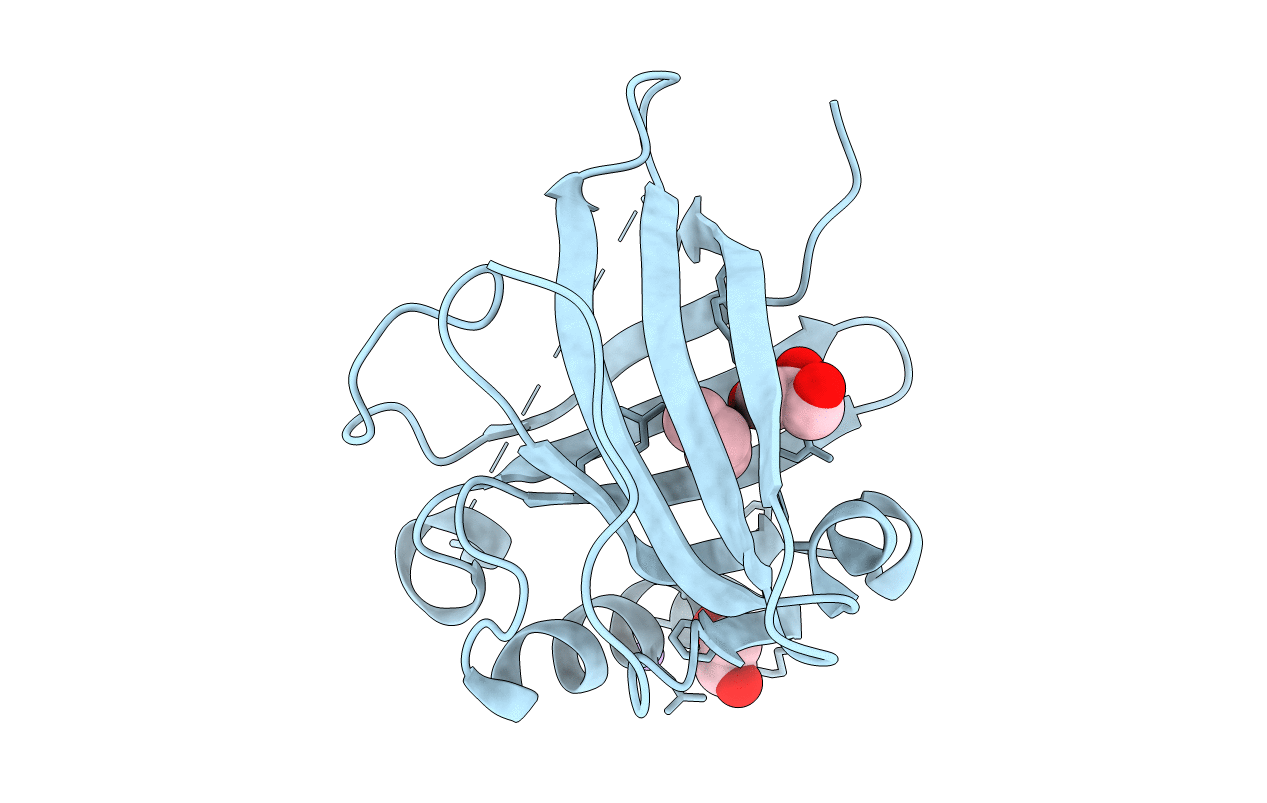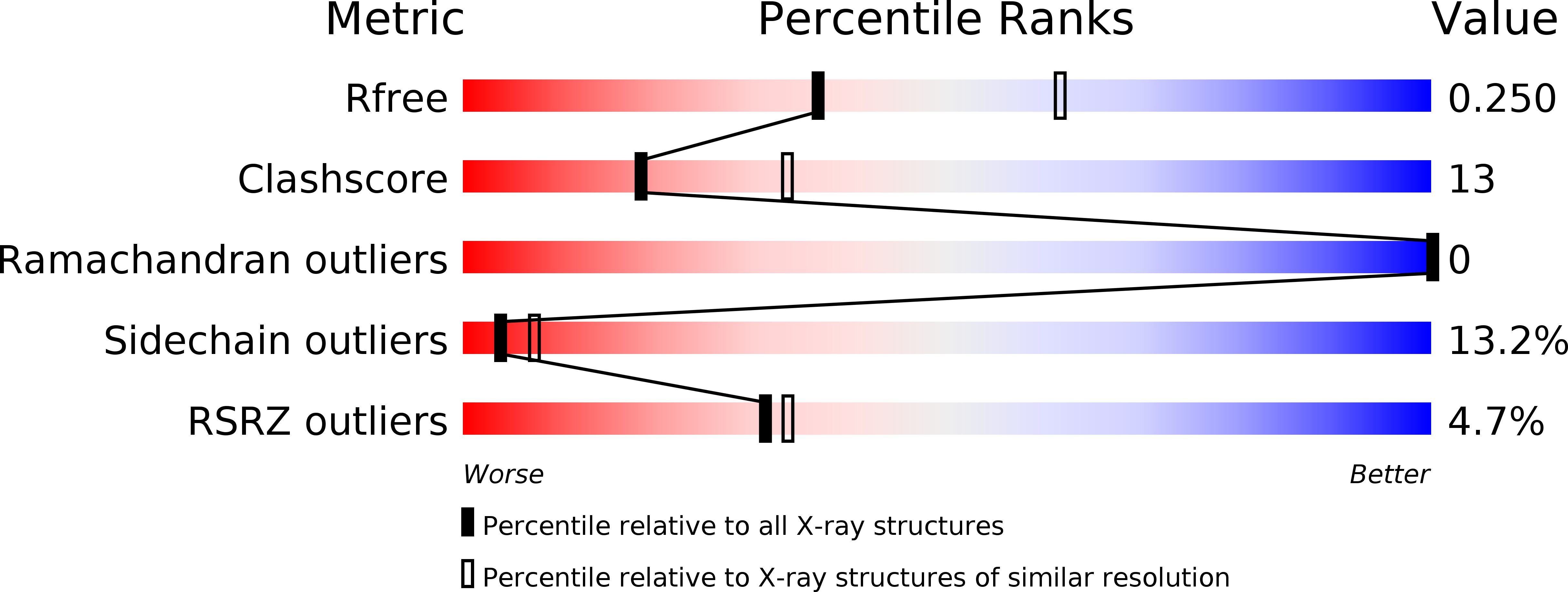
Deposition Date
2010-07-09
Release Date
2010-10-13
Last Version Date
2024-11-13
Method Details:
Experimental Method:
Resolution:
2.50 Å
R-Value Free:
0.24
R-Value Work:
0.18
R-Value Observed:
0.19
Space Group:
P 65 2 2


